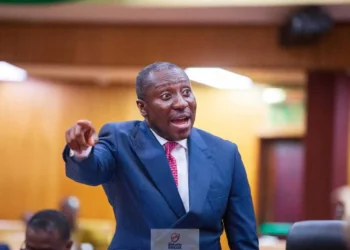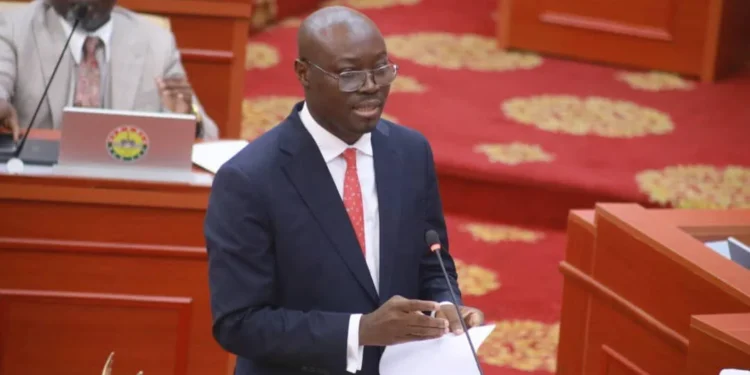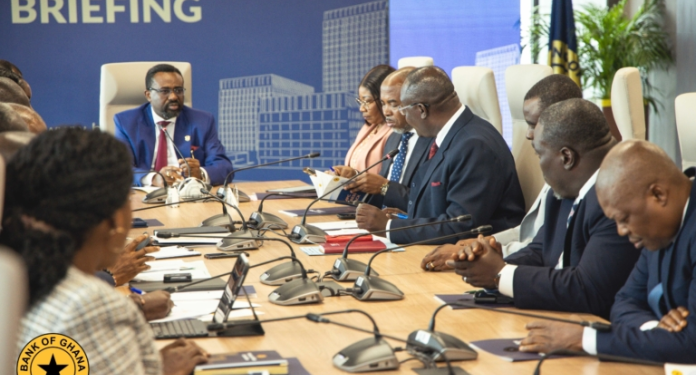Galamsey has once again taken center stage in Ghana’s public debate, with Bright Simons of IMANI Africa offering a stark analysis of why the menace persists.
According to Simons, the galamsey crisis is not truly a political problem but a policy failure, one that Ghana’s current political culture is poorly equipped to resolve. This distinction between politics and policy, he argued, lies at the heart of the ongoing struggle.
Politicians in a democracy, he explained, are often focused on giving the public what it demands in order to remain in office.
The challenge, however, is that while citizens want the devastation of galamsey halted, they also expect the cedi to remain stable. Balancing those competing expectations requires coherent policy—not short-term political tactics.
“Politicians thus decide to convert illegal galamsey to legal ‘community mining’ so that gold production can remain high whilst pollution is reduced. The tragically crashed helicopter was en route to Obuasi to launch such a program.”
Bright Simons

He stressed that public attention is frequently fixed on political rhetoric—such as calls to “stop galamsey now” or demands for “a strong cedi.”
Yet the actual policy mechanisms designed to achieve these goals, such as proposals to “legalise all small-scale mining to stop galamsey,” are rarely subjected to meaningful scrutiny.
The result, Simons said, is a dangerous gap between politics and policy, a phenomenon he described as “Katanomics.”
Data Exposes Productivity Gaps
Drawing on mining sector data from 2023, Bright Simons illustrated why galamsey poses such an entrenched challenge.
He noted that Ghana has roughly 34,000 workers in the large-scale mining (LSM) sector compared with about 1.1 million in the small-scale mining (ASM) sector. When productivity is measured, the differences are staggering.
On average, each LSM worker produces 2,625 grams of gold per year, while an ASM worker yields no more than 31 grams annually. Even accounting for smuggling and hidden production, Simons suggested that an ASM worker at most produces 100 grams.
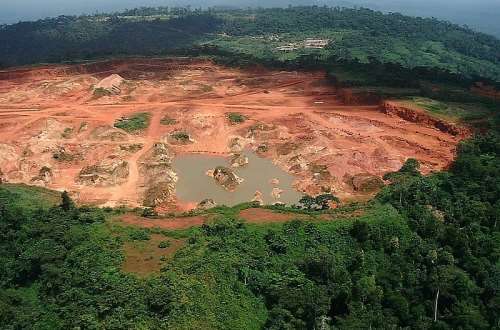
This translates into roughly $2,000 in value per year for each ASM worker—at best. By contrast, each LSM worker generates over $163,000 annually.
The disparity extends beyond individual output. LSM operations are more selective in mining locations, focusing only on areas with the richest deposits.
This efficiency allows them to extract about 86 kilograms of gold per square kilometer, compared to 44 to 73 kilograms per square kilometer in ASM operations.
“From the data available, Galamsey productivity is just like the ASM sector’s,” Simons remarked, noting that if galamsey were significantly more productive, it would be nearly impossible to legalize because of the lack of tax contributions.
Environmental And Structural Strains
Another pressing issue is the ability of LSM operators to invest in environmental safeguards.
Because each worker in large-scale mining generates such high value, companies can afford investments in water treatment plants, dams, and filtration systems. Yet, this model also requires low worker density and massive tracts of land.
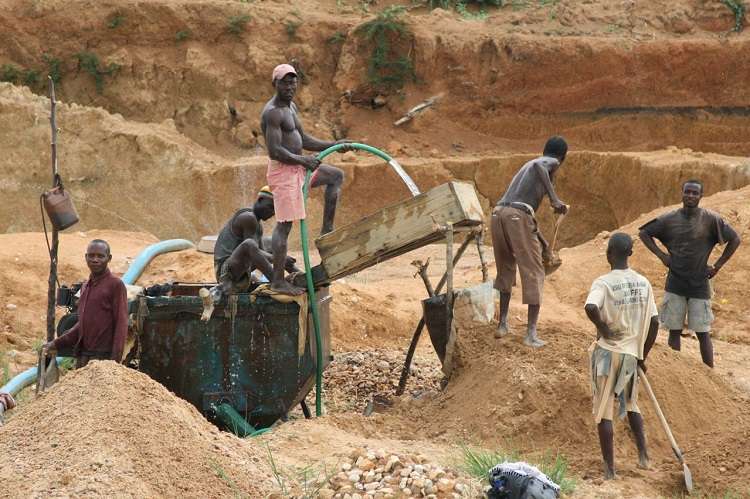
Simons explained that an average LSM site spans about 70 square kilometers and employs around 30 people per square kilometer. This stands in stark contrast to ASM and galamsey sites, which pack approximately 1,500 workers into each square kilometer.
Scaling community mining projects to match the operational sustainability of LSM ventures would therefore be an enormous undertaking.
By his calculations, each community mining project would need to absorb a workforce of 105,000 people to operate at the same efficiency.
This, he emphasized, makes the transition from illegal to legal small-scale mining far more complex than political slogans suggest.
Scrutiny Is The Missing Ingredient In Galamsey Fight
Simons concluded that a sustainable solution demands more than political will. It requires disciplined policy-making, massive retraining of workers, and the adoption of advanced technology.
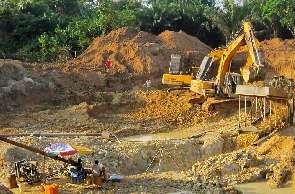
Moreover, only rigorous public scrutiny of politicians and civil servants by an informed citizenry can drive accountability and force the state to implement effective reforms.
“That is where we are,” he observed, suggesting that unless the public actively insists on transparency, the galamsey crisis will remain unresolved.
His analysis underscores that galamsey cannot be tamed by rhetoric or rebranding alone.
Without robust policies and vigilant oversight, the environmental destruction and economic distortions caused by illegal mining will continue to haunt Ghana’s future.
READ ALSO: Cardi B Drops Jay-Z-Sampling Single ‘Imaginary Playerz’








